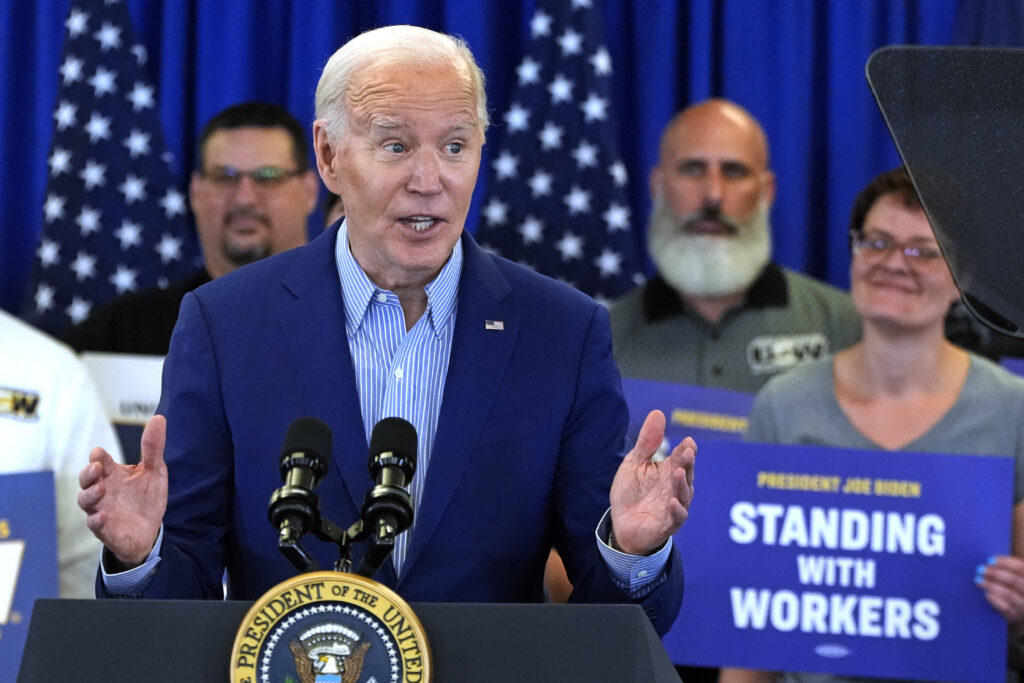How The Government Is Distorting The Housing Market

The American housing market is red hot.
One recent Zillow report revealed that the average American home is only staying on the market for roughly six days. In some cities — such as Cincinnati, Kansas City, and Columbus — the typical period on the market is as low as three days.
Economists see no end in sight to this phenomenon. Zillow’s analysts forecast a further 6.1% increase in housing costs by August, a 17.9% increase between December 2020 and December 2021, and a 14.9% increase between May 2021 and May 2022.
The average American home value has grown by 13.2% since May 2020. Between the first quarter of 2020 and 2021, homeowners saw an equity gain of $2 trillion.
Many factors are contributing to the rise in housing prices.
On the supply side, construction of new long-term housing has steadily slowed over the past several decades such that there are 5.5 million too few homes available. Meanwhile, rising costs for lumber, steel, copper, and other raw materials are adding nearly $36,000 to the price for an average new single-family home. On the demand side, Americans are moving from urban homes to suburban homes — in large part because of COVID-19 lockdowns.
Another demand consideration — low interest rates for mortgages — is best understood in light of another pressing economic phenomenon that reaches far beyond the housing market.
As the United States economy rebounds from COVID-19 and the lockdown-induced recession, the Federal Reserve is pursuing aggressive quantitative easing to aid in the recovery. In essence, the Fed — which controls monetary policy in the United States — is buying $120 billion in assets from the private market in order to stimulate economic activity by increasing the supply of the dollar. The Fed’s asset purchases cause American businesses and consumers to hold liquid cash rather than illiquid bonds, facilitating more short-term purchases and thereby spurring economic activity.
The end goal of the Fed’s quantitative easing is to manipulate the “federal funds rate” — the interest rate at which private banks can lend to each other overnight. The Fed is currently targeting a near-zero federal funds rate; as a result, other interest rates in the economy — such as the bank prime loan rate and three-month CD rate — are low as well.
The reality extends to mortgage rates, which are at their lowest levels in modern history. At least partially due to quantitative easing, it is far less costly for American home buyers to take out a loan and purchase a house, leading to an increase in the number of homes demanded. The entrance of more would-be buyers into the market increases competition for houses, which in turn causes prices to rise.
Although the Fed’s low interest rate target is distorting the housing market — and leading to rampant inflation — policymakers do not intend to raise interest rates until 2023. And, as reflected by analysts’ expectations, the housing market may continue its current trajectory for the foreseeable future.
The views expressed in this opinion piece are the author’s own and do not necessarily represent those of The Daily Wire.
The Daily Wire is one of America’s fastest-growing conservative media companies and counter-cultural outlets for news, opinion, and entertainment. Get inside access to The Daily Wire by becoming a member.
" Conservative News Daily does not always share or support the views and opinions expressed here; they are just those of the writer."





